Schloss Trautenfels is closed during the winter months until 30 April 2026.
We look forward to seeing you next season!
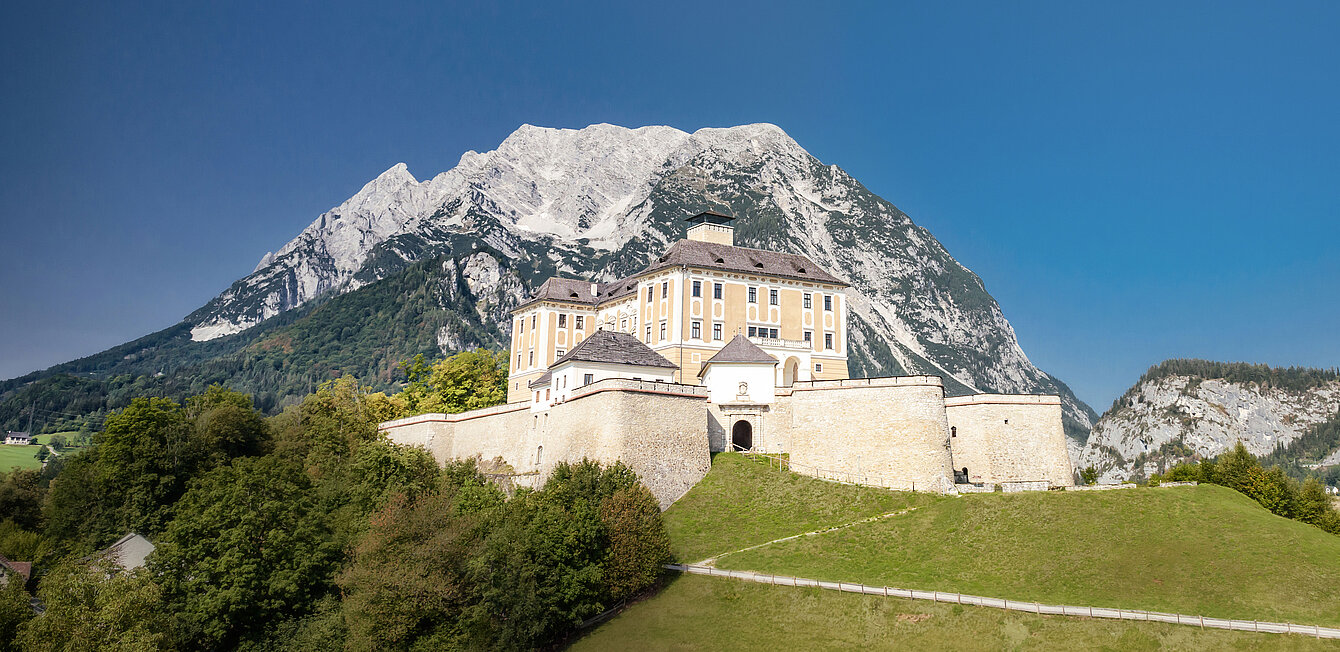
Schloss Trautenfels As a landmark of the central Ennstal valley, Schloss Trautenfels sits on a rock spur at the foot of the Grimming mountain. Serving as a showcase for the cultural and natural history of the District of Liezen, it is also known as a “miniature universal museum” due to the complexity of its collections, thematic focuses and special exhibitions.
See you again in spring!
Schloss Trautenfels is closed during the winter months until 30 April 2026.
We look forward to seeing you next season!
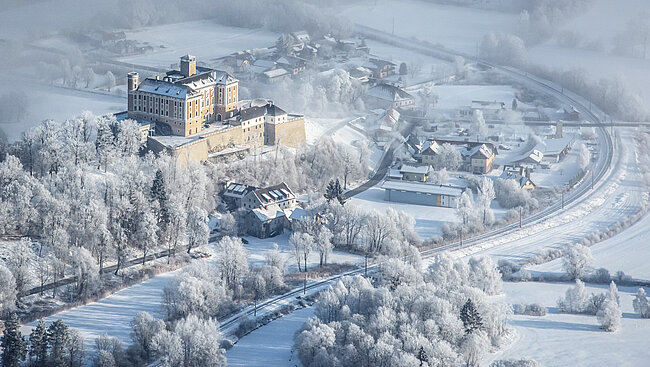
Image Credits
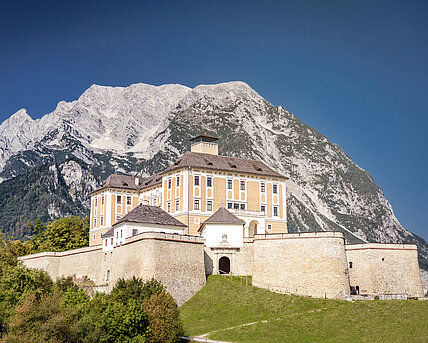
All about your visit!
Learn more about opening hours and admission prices!
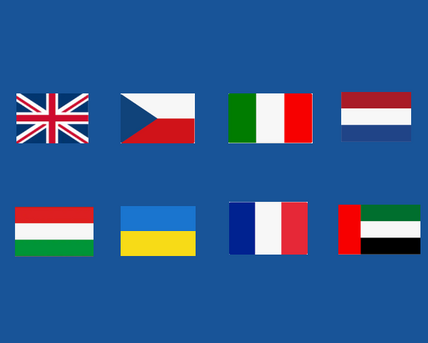
Information in several languages
Here you will find an overview of the accompanying texts for the special exhibition, the permanent exhibition and the history of Schloss Trautenfels in several languages.
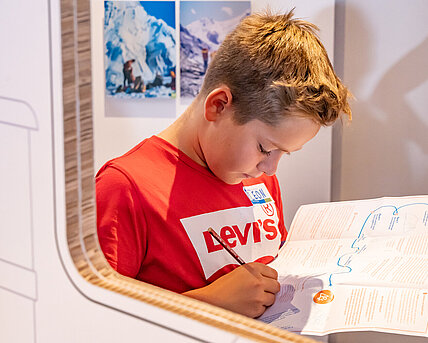
Explore the exhibitions!
For our young visitors question-and-answer games for independent exploration of our exhibitions are available free of charge on site. We are also happy to receive your inquiries about our educational programs and guided tours.
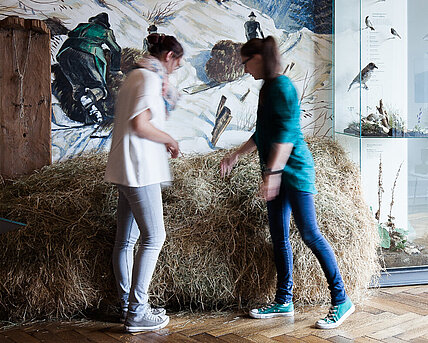
Programme
Visit our tours and events at Trautenfels Castle!
Multi-Media
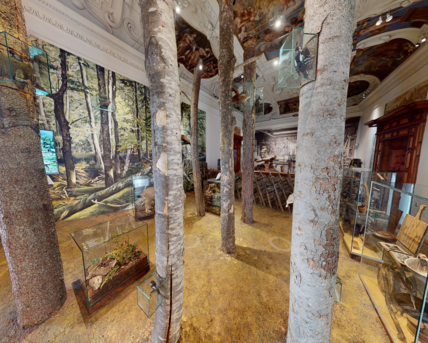
360-degree tour of the landscape museum
Get an impression of the landscape museum with the 360-degree tour!
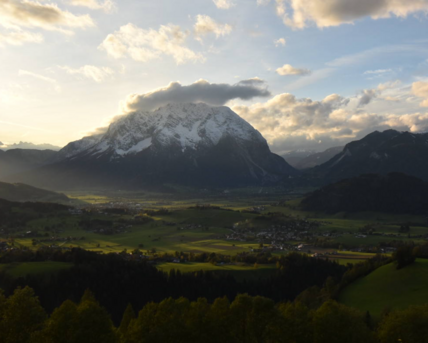
Webcam Grimming-Donnersbachwald
Take a look at our region with our webcam!
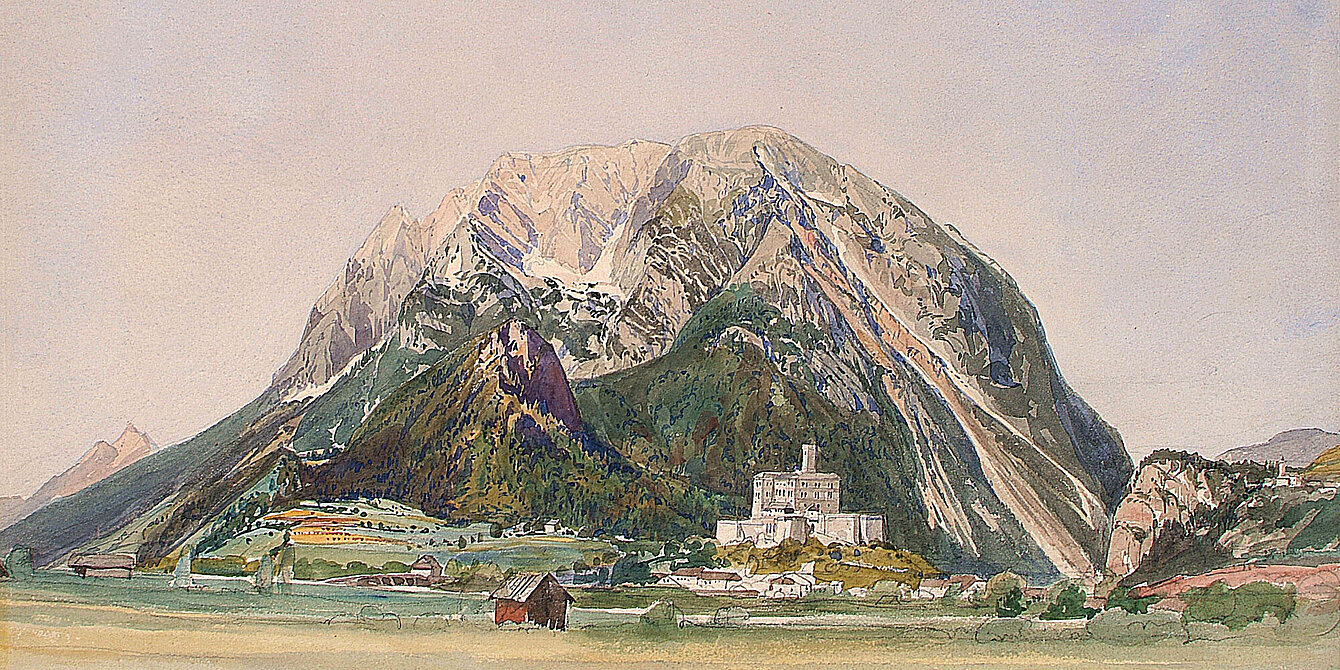
Image Credits
We look forward to your visit!
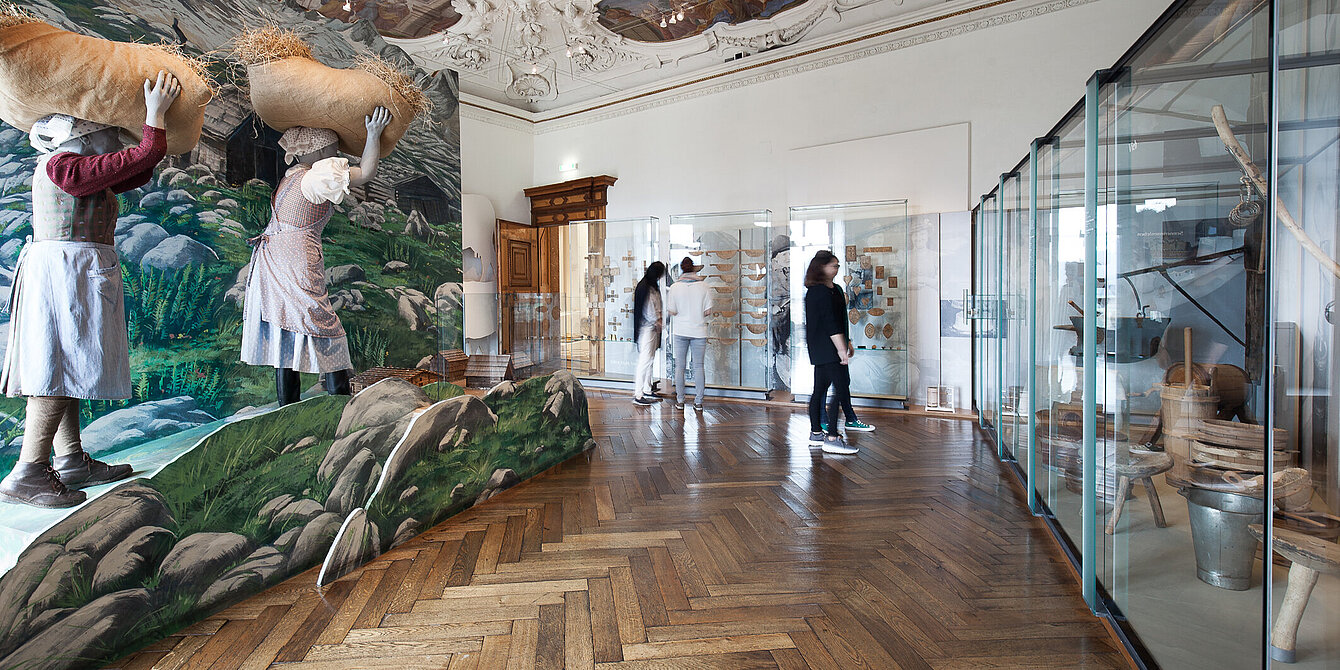
Image Credits